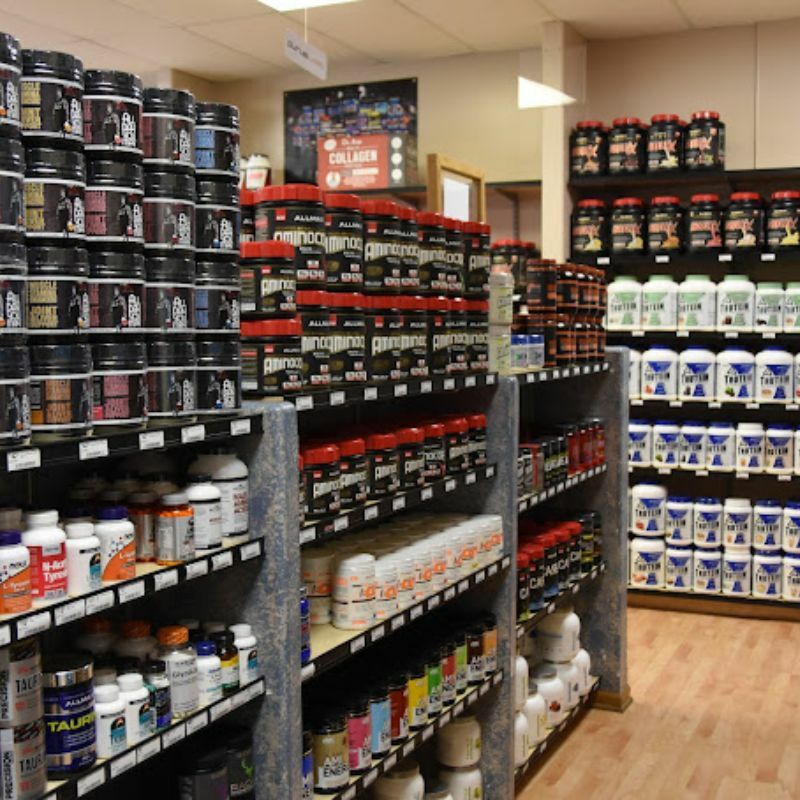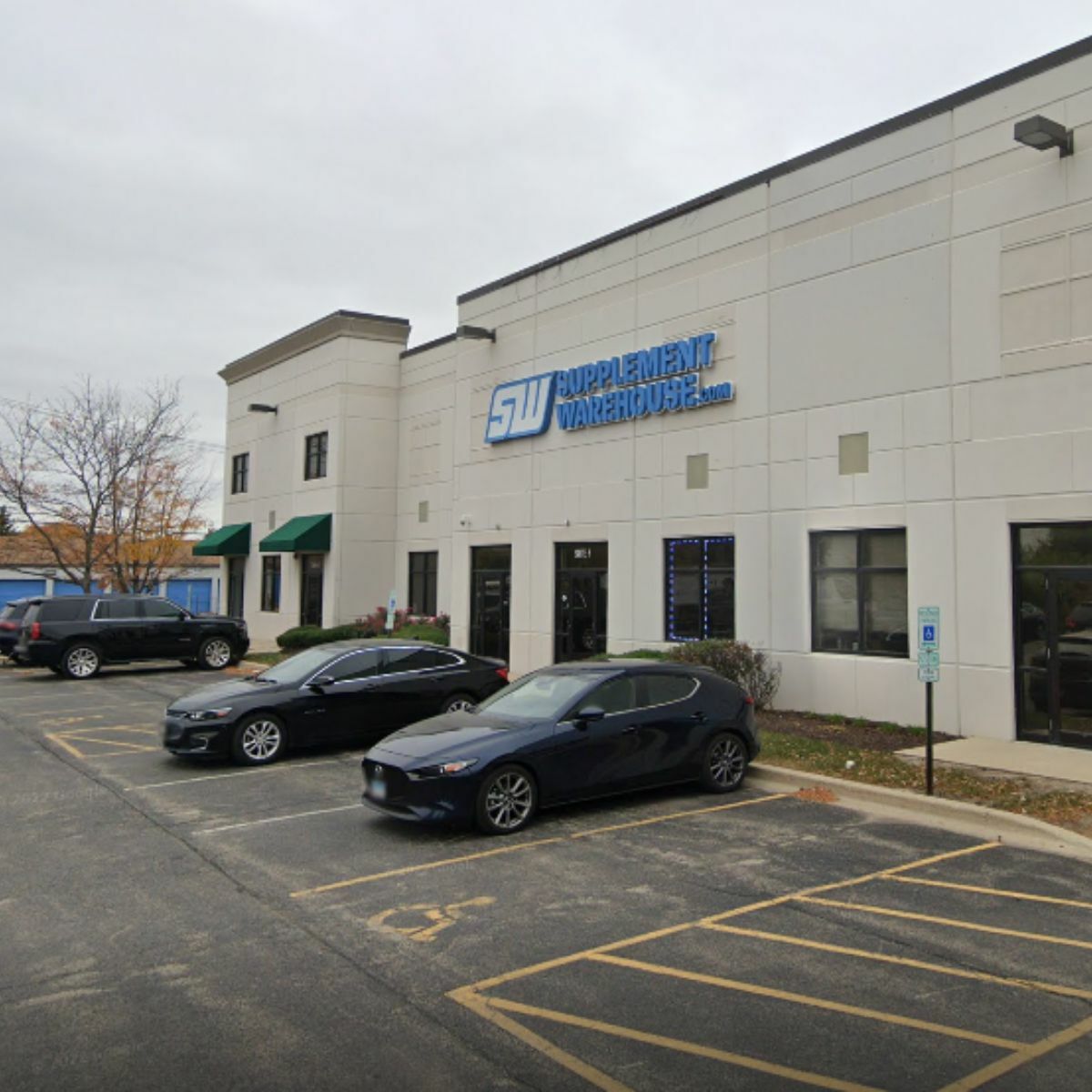How Do We Get Fat & How To Burn Fat

How Do We Get Fat? How Do We Burn Fat?
By now, I’m sure nearly everyone that has attempted to lose weight has a basic understanding of how to burn fat. They know they need to exercise and eat less than they burn.
The actual processes your body undergoes to make this happen is incredibly complex, but if you have more of a grasp on exactly HOW all of this happens, then it could prove to help you on our diet journey. You don’t need to have a degree in chemistry or biology to understand any of this.
I won’t be going into the most incredible depth to the point that you can’t understand any of this, but I can guarantee if you stick to the end you’ll have a better understanding of what’s happening in your body. Then you can grasp your diet and exercise regimen more closely and with greater understanding.
5 Terms To Know
ATP – This is the acronym for the energy molecule in our body. Adenosine TriPhosphate. Tri=3. Basically it’s a molecule with one long branch hanging off of it. That branch has 3 sections. When the furthest branch section snaps off, it releases energy which is the very core of how your body does all of the things it does. It needs that energy for every metabolic process that happens. Every time you move, your body is using ATP.
ADP – Adenosine DiPhosphate. Di=2. This is the “used” form of ATP. ATP has 3 branch sections. ADP has 2. Once ATP breaks off one branch section for energy release, the ATP is then ADP. ADP can be turned back into ATP through different metabolic processes.
Mitochondria – “The powerhouse of the cell.” This is something in your cells that produces ATP. Basically it’s a cell organ that has two outer layers. It brings in things and turns them into energy.
Carnitine – Carnitine is actually the generic term for a group of compounds, but the only one we’ll discuss is L-carnitine. It’s derived from an amino acid and is gotten in through the diet from meat.
Insulin – “The Storage Hormone” This is a hormone released by the pancreas that tells your body to start absorbing glucose, fatty acids, and amino acids. It also will tell your body to stop breaking down those things if it were in the middle of doing so. Finally it will tell your body to start building glycogen, fats, and proteins.
Gaining Fat
If you were to never gain any fat nor muscle, then that would mean you are eating exactly the amount of calories needed to maintain completely. That’s a simplified explanation, but works for the point being made. If you were to eat more calories than your body needed to maintain, you would store those extra calories as stored energy to be used later. The first way your body stores these calories is as glycogen. Glycogen is the stored form of glucose (blood sugar), which is the energy source of eating carbohydrate. Glycogen gets stored in your muscles and your liver. This is done, because glycogen can be used very fast, which is why when you’re doing exercise, carbs are a good source of energy. They give you the immediate fuel to use for weight training, cross fit, running, hiking, etc. Your body will create energy “on-site” at the location needing energy. This is a big reason why bodybuilders and powerlifters keep carbs in their diet.
Once your body (muscles and liver) are topped off with glycogen, your body will turn that glycogen into triglycerides. Triglycerides are a backbone (glycerol) with fatty acids hanging off of it (image below). Triglycerides flow through your blood and also are stored in fat cells called Adipocytes. If you continuously eat more than you burn and aren’t utilizing your glycogen stores, then you’re going to continue adding fat to your body. Fat is a great source of energy because it can be stored indefinitely for later use. While it makes sense, as to WHY this process happens (feast/famine periods), it’s not something the modern person really wants a lot of.

Insulin
So where does insulin come into play if it’s such an important hormone? When you eat a meal, insulin is released to handle the storage and absorption of protein, fats, and carbs. You cannot utilize amino acids, fatty acids, or glucose correctly without insulin. When insulin is released, your body will stop any breakdown of amino acids, fats, carbs, and tell your body to start BUILDING/STORING. This is really a need-based situation. If you were lifting weights and your muscle need to recover, then insulin will take the amino acids and utilize them to rebuild your muscles. If you depleted your glycogen stores through a hike, then your body will store the glucose in your muscles and liver.
If you are constantly eating meals, then your body is constantly releasing a hormone that’s telling your body to stop breaking down and start building. This can be good, but in the case of weight loss, it may be something you want to regulate. If your body overproduces insulin for too long, you may become diabetic in which your insulin production doesn’t do what it’s supposed to do anymore. This means the glucose is less able to enter the cells and do its job (Type II Diabetes).
So, you eat food. That food made of macronutrients (carbs, fats, proteins) turns into building blocks: amino acids from proteins, fatty acids from fats, and glucose from carbohydrate. Insulin is released to handle the storage and use of these building blocks. If you eat more food than what your body needs, it will store these all as either glycogen or adipose tissue (body fat) to be used as energy at a later time.
How Do You LOSE The Fat?
What happens in your body to actually start using those fat stores for energy? What can I take to aide in this process that actually works?
Your body will turn glucose and fatty acids into CO2, H20 and ATP. See below:
C6H12O6 + 6 O2 + 36 Pi2- + 36 ADP3- + 36 H+ -> 6 CO2 + 36 ATP4- + 42 H20
Basically this is showing a carbohydrate, oxygen, ADP (a used form of ATP), and a Hydrogen into CO2 (carbon dioxide), ATP, and H2O (water).
When your body needs energy and you’ve already depleted your glycogen stores (muscle and liver), your body will pull its primary energy source from your fat. This process actually happens concurrently while you still have glycogen. The higher intensity exercise (anaerobic – “unable to breath) goes for the fast glycogen and the slower state (aerobic – “able to breath”). Aerobic exercise is walking or a light jog where your body can create ATP fast enough to continue nonstop. Anaerobic is full sprints or power lifting where your body is using so much energy that it cannot keep up with the ATP requirements. You’ll know which is which by whether or not you have to stop to catch your breath or your body won’t let you continue.
Carnitine
Before getting into the breakdown of fat into energy, something important to note is that fatty acids come in many different lengths. Short fatty acids can be activated on the outer layer of your mitochondria for oxidation to take place on the inside. If the fatty acids are long enough, they need carnitine to help break them down to get past both layers of the mitochondria. Once these fatty acids are inside the inner membrane of the mitochondria, they can be beta oxidized (broken down to produce ATP). This is why carnitine is an incredibly useful thing to take via supplementation or via diet. Your body NEEDS carnitine and an excess amount will allow more rapid transport of fatty acids which result in a more energy efficient metabolism.
If your body doesn’t have enough carnitine or if you have defective fatty acid oxidation, fats released from adipose tissue cannot be oxidized so they accumulate in skeletal and cardiac muscles impairing their function.
Your mitochondria will take fatty acids released from adipocytes and turn them into ATP through many different series of reactions. You will also end up with H20, Co2, and ATP.
Where Does The Fat Go?
When fat is burned, we know that the ATP created is used for energy, but what do we do with the water and carbon dioxide that are produced? The water will be stored, used, or excreted. Our body uses an immense amount of H2O, but in excess it will be excreted. The CO2 is released via our exhalation. This is why we exhale CO2. It’s a byproduct of all of the metabolic reactions happening in our body. This is why we breathe heavy when we exercise, so we can get oxygen in to be used for metabolism and CO2 out as it’s an unneeded byproduct.
In summary: when you eat more calories than your body needs to function, your proteins, fats, and carbs are stored or utilized by the hormone insulin. When your body needs energy (ATP), it will pull from these stored energy sources (fat and glycogen). The fat and glycogen are sent through your mitochondria to be turned into ATP. Carnitine is used to shorten the length of fatty acids before being sent through the mitochondria. The byproducts of creating ATP are water and carbon dioxide which we use/excrete and exhale, respectively.
†The content of this blog post is intended solely for reference and entertainment purposes. We do not offer medical advice or specific guidance regarding the products discussed. Our insights are based on a combination of anecdotal experiences, online studies/reviews, manufacturer details, and customer feedback. While we strive to present accurate and current information, we cannot assure its completeness or its alignment with the most recent product formulations or data. For any concerns or up-to-date information, we recommend visiting the manufacturer's website directly. The opinions and information provided here do not necessarily reflect the views of Best Price Nutrition; they represent the perspectives and information from the manufacturers and users. Furthermore, these statements have not been evaluated by the Food and Drug Administration. The products mentioned are not intended to diagnose, treat, cure, or prevent any disease or illness.
Recent Posts
-
Hi-Tech Pharmaceuticals Andriol Frequently Asked Questions
Video Transcription:John:Hey guys, John and Jeff here with Best Price Nutrition. You can check out t
-
Can You Split Hi-Tech Prohormone & Fat Burner Tablets in Half Will it Affect Cyclosome Delivery
Video Transcription:John:Hey, guys. John and Jeff here with Best Price Nutrition. You can check out
-
Panda X V1 Nutra Pandamus Preworkout 3 Stim Levels Available
Video Transcription:John:Hey, guys. John and Jeff here with Best Price Nutrition. Be sure to check o






